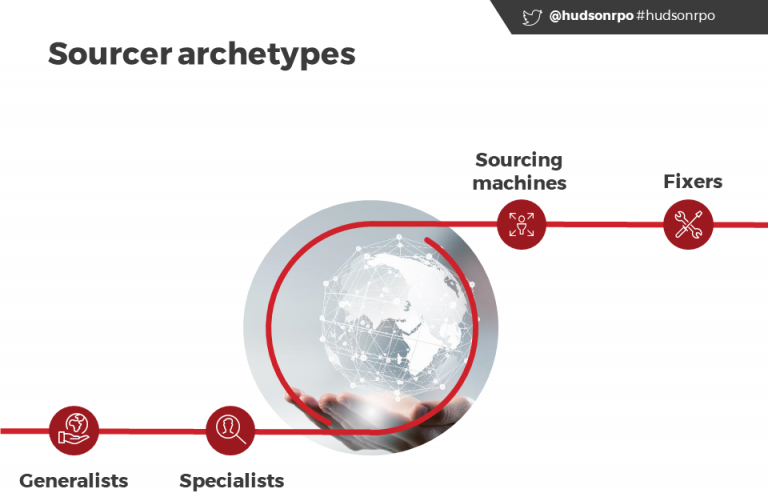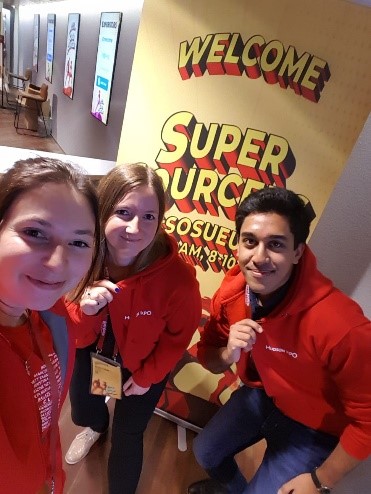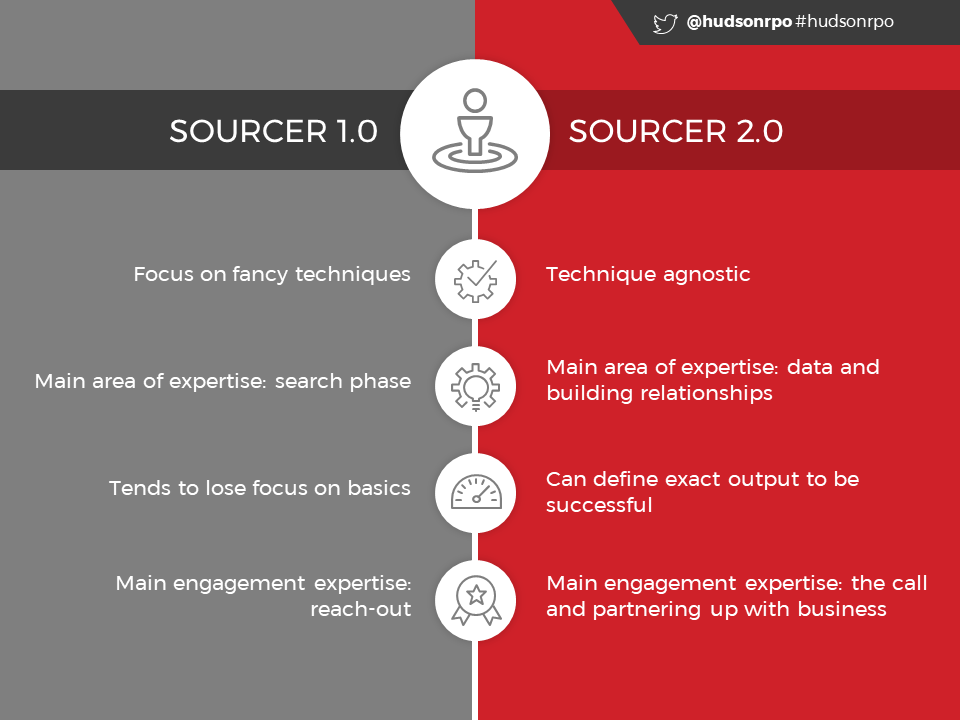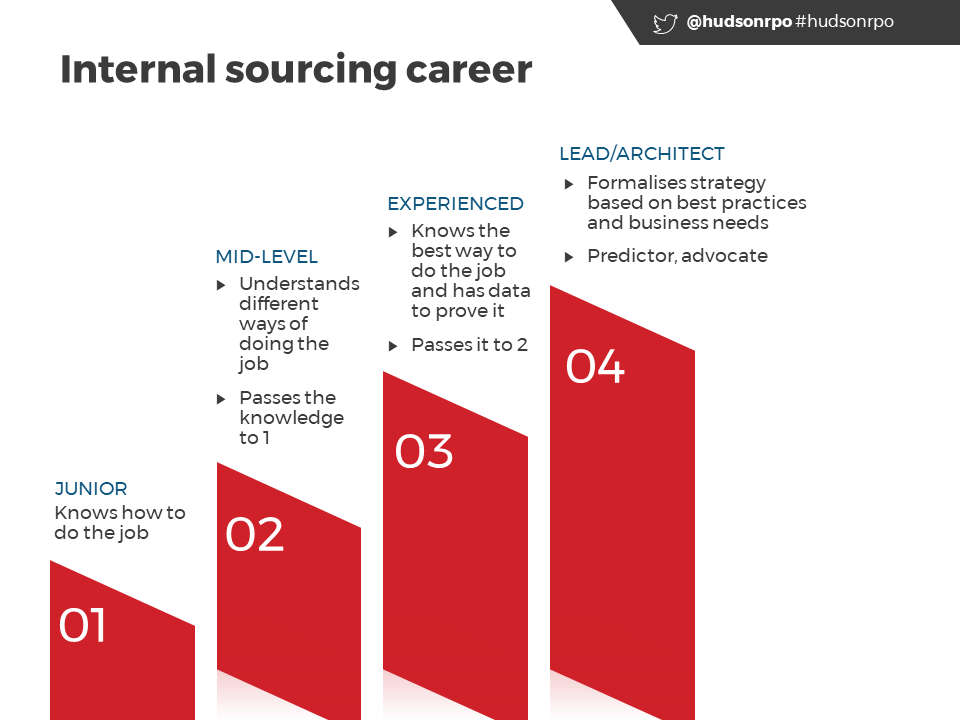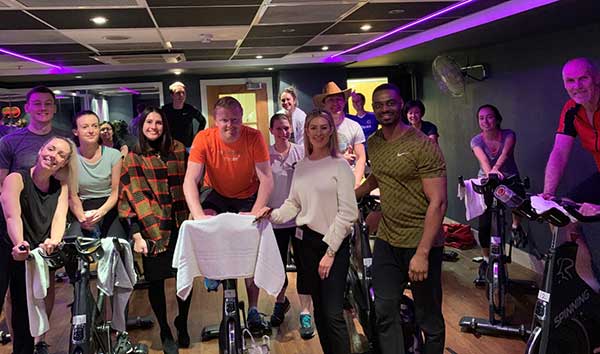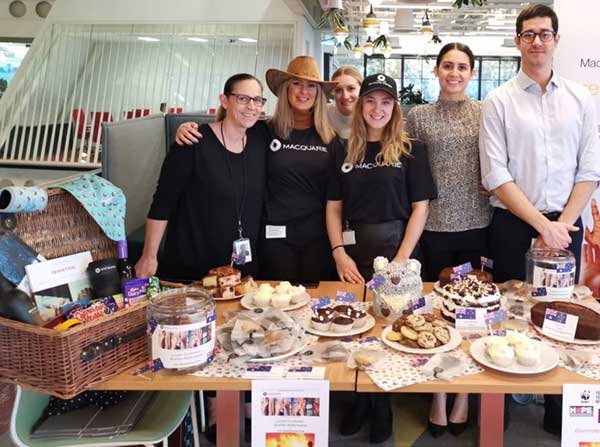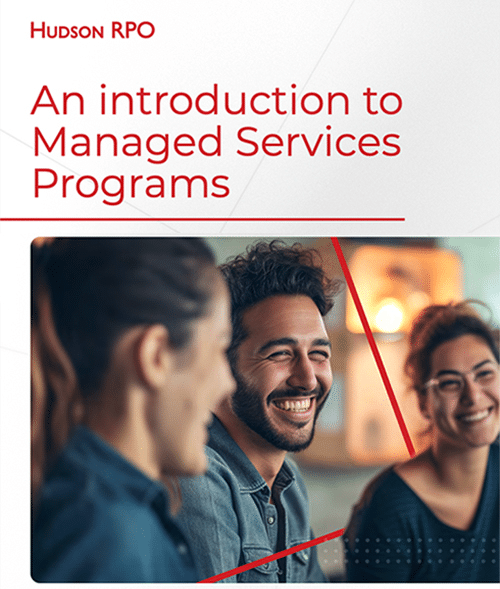- Podcast
Debunking RPO myths and talking talent with HRD Live
Content Team
What are some of the myths that surround the RPO model?
EMEA Marketing Director Miles Stribbling addresses this question during a recent podcast with HRD Live.
Listen to the full podcast below.

Hudson RPO
Content Team
The Hudson RPO Content Team is made up of experts within the Talent Acquisition industry across the Americas, EMEA and APAC regions. They provide educational and critical business insights in the form of research reports, articles, news, videos, podcasts, and more. The team ensures high-quality content that helps all readers make talent decisions with confidence.
Sign up to receive the latest recruitment insights and Hudson RPO news.





